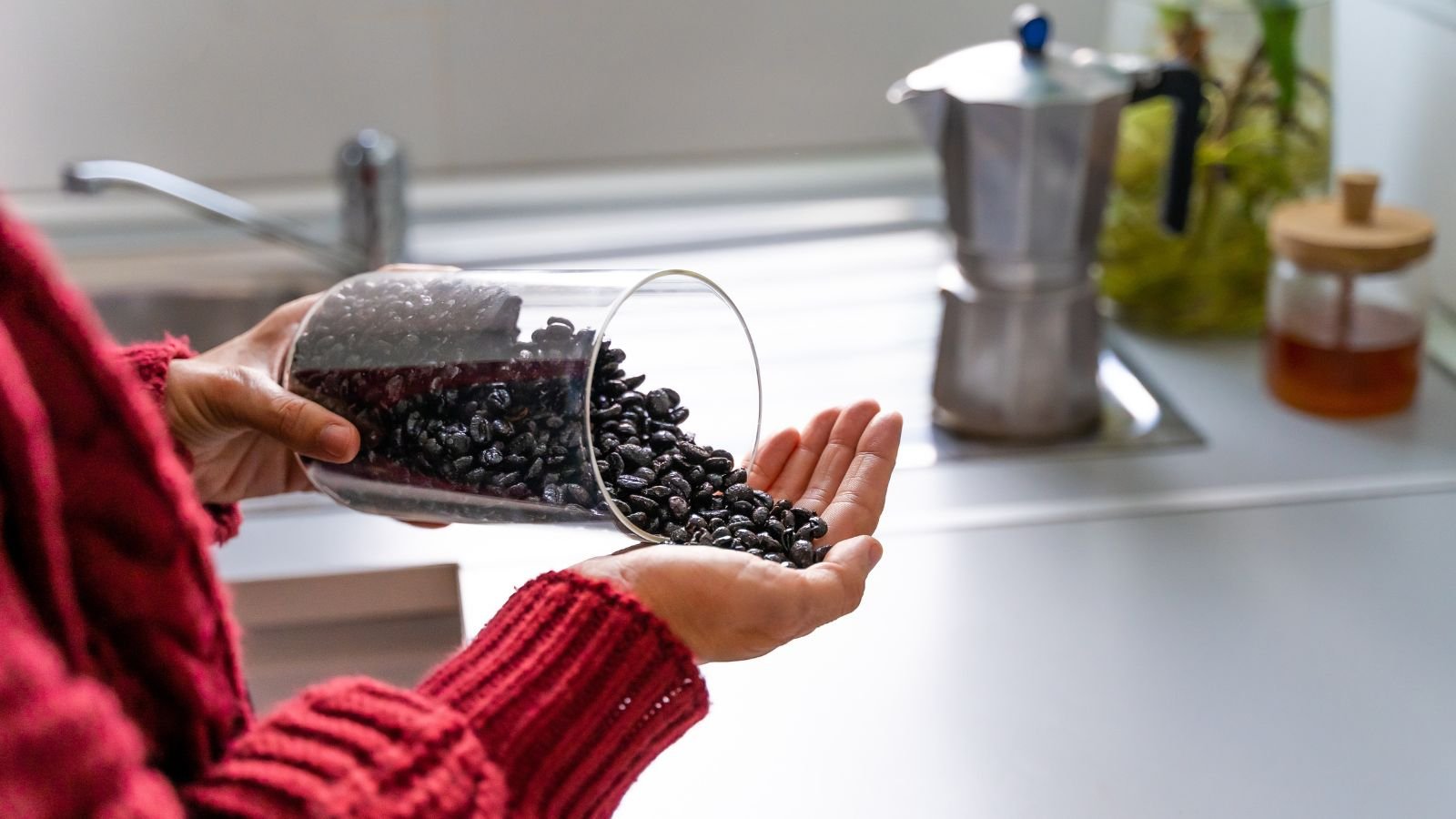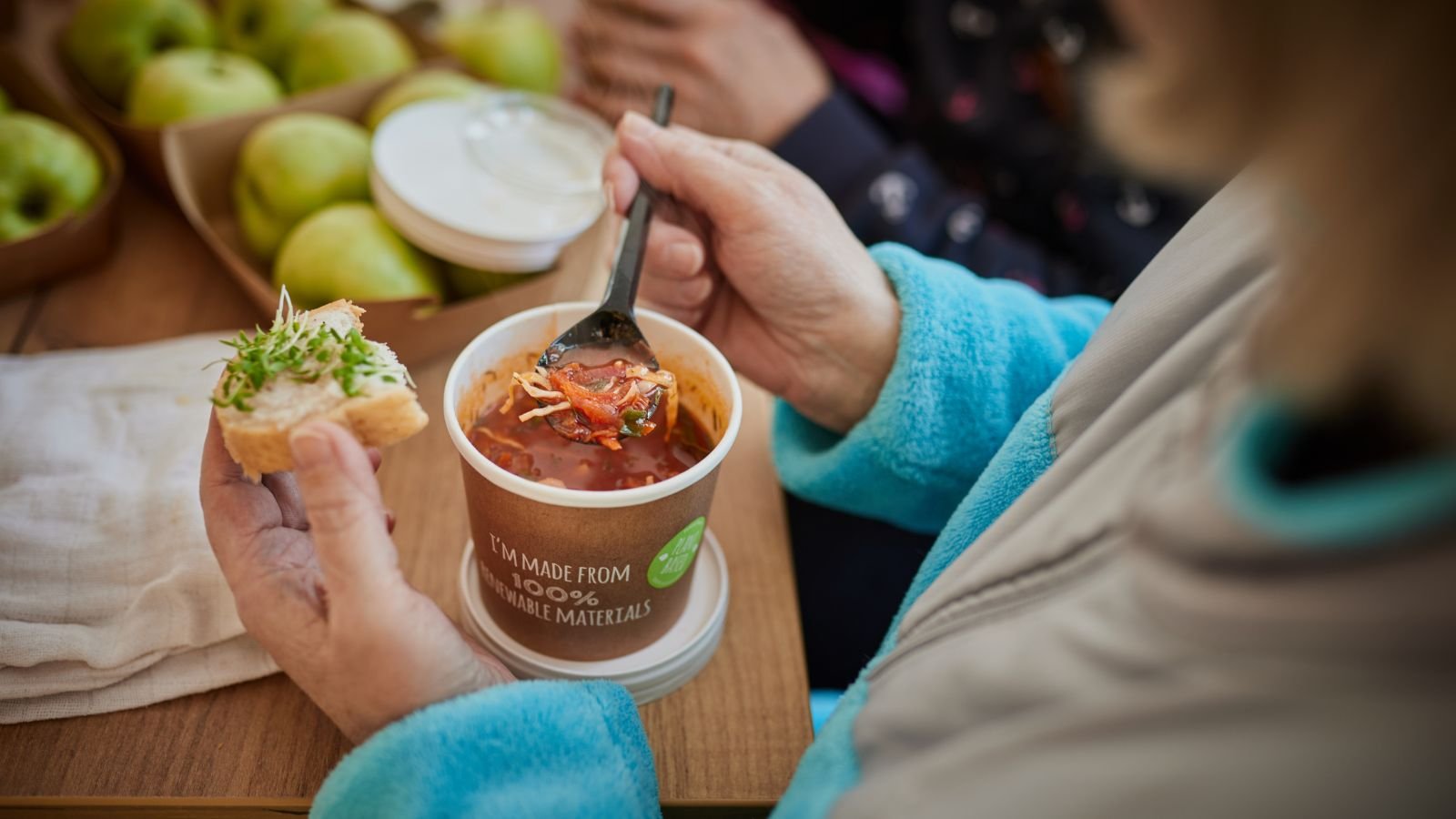Many grocery items that seem like essentials can eat away at a budget without offering much value in return. Certain branded or convenience-focused products often come with a hefty price tag. Opting for affordable alternatives can lead to significant savings while still maintaining a nutritious and balanced diet.
Pre-Cut Fruits and Vegetables

Consumers can save around $15 per month by purchasing whole produce rather than pre-cut produce. The markup for pre-cut fruits and vegetables is unnecessary for most shoppers. Cutting fruits and vegetables at home takes minimal time and effort. Whole products stay fresh longer and reduce food waste. Buying whole fruits and vegetables saves money and encourages healthier eating habits.
Name-Brand Snacks

Popular brand-name chips average $4.29 per bag, while store brands cost around $1-$3. The quality difference is often negligible. Blind taste tests frequently show consumers cannot distinguish between name-brand and store-brand snacks. Switching to store brands for snacks and pantry staples can lead to substantial savings over time.
Premium Cuts of Meat

Prime beef cuts can cost $20-$30 per pound, while choice cuts average $10-$15. The price difference is substantial for regular consumption. Learning to cook less expensive cuts can yield delicious results. Buying meat in bulk and freezing portions can lead to significant savings. Incorporating more plant-based proteins can balance meat consumption and budget.
Specialty Coffee Beans

Premium single-origin coffee beans or roasted beans cost an average of $30.45 per pound, while standard blends cost $4-$10. The price difference is significant for daily coffee drinkers. Exploring local roasters can provide high-quality beans at lower prices. Alternating between specialty and standard beans also allows for variety without breaking the bank. Knowing proper brewing techniques can enhance the flavor of less expensive beans.
Organic Packaged Foods

Organic packaged snacks usually cost double the price of conventional options. While organic is beneficial for some products, it is less important for heavily processed food. The nutritional difference is often minimal. Focusing on whole, unprocessed foods is more cost-effective to improve diet quality. Choosing conventional packaged snacks occasionally would not impact overall health.
Single-Serve Beverages

Individual bottles of iced tea cost around $2-$7, compared to $0.20 per serving when made at home. The convenience factor rarely justifies the price difference. Single-serve drinks generate more plastic waste. Investing in a reusable water bottle and preparing beverages at home is more economical and environmentally friendly. This habit can save hundreds of dollars annually.
Imported Cheese

The price of imported cheese starts from $8, while domestic versions start from $5 per pound. The difference in price does not reflect a significant quality gap. Good substitutes for European cheese are now made by a large number of American cheese companies. Exploring local cheese options supports domestic producers and reduces transportation costs. Domestic cheeses are often fresher due to shorter shipping times.
Artisan Breads

Specialty bakery loaves can cost $6-$8 each, compared to $2-$3 for standard breads. While delicious, artisan breads are a luxury for every consumption. Learning to bake bread at home is a rewarding and cost-effective alternative. Simple homemade breads are often healthier, with fewer preservatives. Limiting artisan bread purchases to special occasions helps balance quality and budget.
Gourmet Ice Creams

Premium ice cream brands cost around $6-$8 per pint, compared to $3-$4 for standard brands. The quality difference does not always justify the price gap. Many regular brands offer high-quality, natural ingredients. Making ice cream at home can be a fun, cost-effective alternative. Reserving premium ice cream for occasional treats balances indulgence as well as budget.
Prepared Deli Salads

Pre-made salads average $10-$20 per pound, while homemade versions cost $2-$5 per pound. There is a heavy cost associated with convenience. Preparing salads at home allows for fresher ingredients and customization. Batch-preparing salad ingredients on weekends can provide convenient options throughout the week. Homemade salads are often healthier, with control over dressings and additives.
Exotic Spices

The price of saffron can cost between $300-$800 per pound. On the other hand, common spices average $5-25 per pound. The significant price difference is extreme, even for occasional use. Exploring alternative spices can lead to new flavor discoveries. Buying whole spices and grinding them at home improves freshness and cost-effectiveness. Building a diverse species collection gradually allows for better budgeting.
Organic Meat and Poultry

Organic chicken breasts average $7.99 per pound, compared to $4.08 for conventional. The price gap is significant for regular consumption. Focusing on organic for certain products and conventional for others balances health and budget. Buying directly from local farms can provide high-quality meat at lower prices/ Reducing overall meat consumption can offset the cost of occasional organic purchase.
Ready-Made Meals

Pre-packaged meals average $7-$15 per serving, while homemade versions cost $3-$5. The convenience comes at a high price. Meal prepping on weekends can provide quick weekday options. Learning simple, quick recipes reduces reliance on ready-made meals. Purchasing kitchen appliances such as slow cookers may make cooking at home easier.
Imported Olive Oil

Imported extra virgin olive oil averages $15-$40 per bottle, while domestic versions cost $8-$12. The quality difference is often minimal for cooking purposes. Reserving premium oils for finished dishes maximizes their impact. Use a mix of olive oil and cheaper vegetable oil for cooking to help reduce the cost.
Pre-Made Smoothies and Juices

Store-bought smoothies average $5-$7 or more per bottle, while homemade versions cost $1-$2. The price gap is substantial for regular consumption. Making smoothies at home allows for customization and fresher ingredients. Buying frozen fruits for smoothies reduces waste and cost. Investing in a good blender pays off quickly for smoothie enthusiasts.
High-End Chocolate

Gourmet chocolate bars can range from $10-$40, while standard bars average $1-$2. This price difference is quite a lot for regular indulgence. Many mid-range chocolates offer excellent quality at lower prices. Learning to appreciate dark chocolate can lead to eating less, balancing cost, and enjoyment. Making homemade chocolate treats allows for quality control and cost savings.
